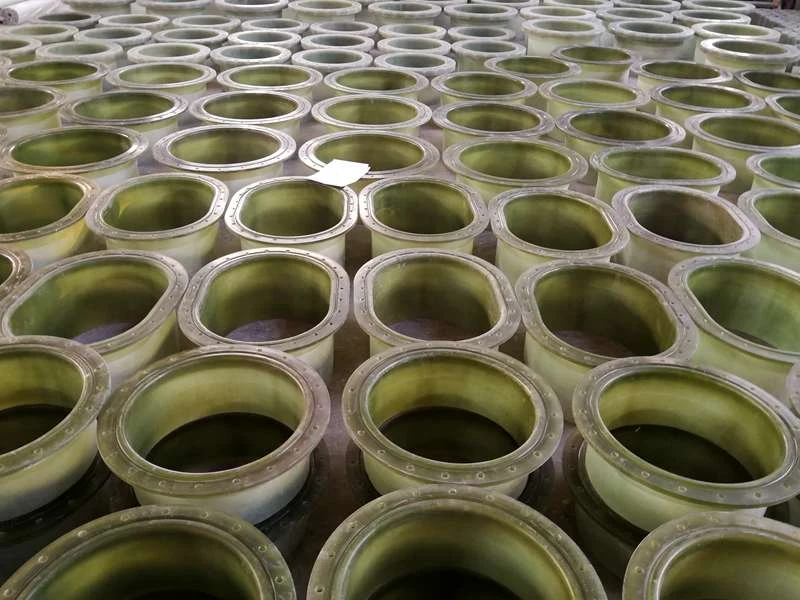
-
 Afrikaans
Afrikaans -
 Albanian
Albanian -
 Amharic
Amharic -
 Arabic
Arabic -
 Armenian
Armenian -
 Azerbaijani
Azerbaijani -
 Basque
Basque -
 Belarusian
Belarusian -
 Bengali
Bengali -
 Bosnian
Bosnian -
 Bulgarian
Bulgarian -
 Catalan
Catalan -
 Cebuano
Cebuano -
 China
China -
 China (Taiwan)
China (Taiwan) -
 Corsican
Corsican -
 Croatian
Croatian -
 Czech
Czech -
 Danish
Danish -
 Dutch
Dutch -
 English
English -
 Esperanto
Esperanto -
 Estonian
Estonian -
 Finnish
Finnish -
 French
French -
 Frisian
Frisian -
 Galician
Galician -
 Georgian
Georgian -
 German
German -
 Greek
Greek -
 Gujarati
Gujarati -
 Haitian Creole
Haitian Creole -
 hausa
hausa -
 hawaiian
hawaiian -
 Hebrew
Hebrew -
 Hindi
Hindi -
 Miao
Miao -
 Hungarian
Hungarian -
 Icelandic
Icelandic -
 igbo
igbo -
 Indonesian
Indonesian -
 irish
irish -
 Italian
Italian -
 Japanese
Japanese -
 Javanese
Javanese -
 Kannada
Kannada -
 kazakh
kazakh -
 Khmer
Khmer -
 Rwandese
Rwandese -
 Korean
Korean -
 Kurdish
Kurdish -
 Kyrgyz
Kyrgyz -
 Lao
Lao -
 Latin
Latin -
 Latvian
Latvian -
 Lithuanian
Lithuanian -
 Luxembourgish
Luxembourgish -
 Macedonian
Macedonian -
 Malgashi
Malgashi -
 Malay
Malay -
 Malayalam
Malayalam -
 Maltese
Maltese -
 Maori
Maori -
 Marathi
Marathi -
 Mongolian
Mongolian -
 Myanmar
Myanmar -
 Nepali
Nepali -
 Norwegian
Norwegian -
 Norwegian
Norwegian -
 Occitan
Occitan -
 Pashto
Pashto -
 Persian
Persian -
 Polish
Polish -
 Portuguese
Portuguese -
 Punjabi
Punjabi -
 Romanian
Romanian -
 Russian
Russian -
 Samoan
Samoan -
 Scottish Gaelic
Scottish Gaelic -
 Serbian
Serbian -
 Sesotho
Sesotho -
 Shona
Shona -
 Sindhi
Sindhi -
 Sinhala
Sinhala -
 Slovak
Slovak -
 Slovenian
Slovenian -
 Somali
Somali -
 Spanish
Spanish -
 Sundanese
Sundanese -
 Swahili
Swahili -
 Swedish
Swedish -
 Tagalog
Tagalog -
 Tajik
Tajik -
 Tamil
Tamil -
 Tatar
Tatar -
 Telugu
Telugu -
 Thai
Thai -
 Turkish
Turkish -
 Turkmen
Turkmen -
 Ukrainian
Ukrainian -
 Urdu
Urdu -
 Uighur
Uighur -
 Uzbek
Uzbek -
 Vietnamese
Vietnamese -
 Welsh
Welsh -
 Bantu
Bantu -
 Yiddish
Yiddish -
 Yoruba
Yoruba -
 Zulu
Zulu
Innovative Solutions for Lightweight and Durable FRP Ductwork Systems
Understanding FRP Ductwork A Modern Solution for Air Distribution
Fiberglass Reinforced Plastic (FRP) ductwork has emerged as a preferred material in various applications, particularly in the HVAC and industrial sectors. This innovative solution offers unique advantages that traditional materials, such as metal or fiberglass alone, cannot match. Exploring the characteristics and benefits of FRP ductwork reveals why it is becoming increasingly sought after for efficient air distribution.
Understanding FRP Ductwork A Modern Solution for Air Distribution
In addition to its durability, FRP ductwork is also lightweight. This characteristic simplifies handling and installation compared to heavier materials. The ease of installation reduces labor costs and installation time, allowing projects to be completed more efficiently. The flexibility of FRP also enables it to be fabricated into various shapes and sizes, accommodating the specific needs of unique layouts in industrial and commercial buildings.
frp ductwork

Thermal insulation is another essential benefit of FRP duct systems. The material naturally offers better thermal performance than metal ductwork, minimizing heat loss or gain during air distribution. This thermal efficiency not only enhances operational efficiency but can also lead to energy savings, which is increasingly important in today's sustainability-focused design practices.
Moreover, FRP ductwork is an excellent choice for sound attenuation. The composite materials can help dampen noise from HVAC systems, creating a quieter working or living environment. This quality is particularly beneficial in settings such as hospitals, schools, or office buildings, where noise control is essential for maintaining comfort and productivity.
Sustainability is becoming a key concern in construction and facility management. FRP ductwork aligns well with environmentally friendly practices due to its potential for recycling and lower environmental impact during manufacturing compared to metal alternatives. As building codes become stricter regarding sustainability, FRP presents an attractive option for environmentally conscious projects.
In conclusion, FRP ductwork stands out as a modern and efficient solution for air distribution needs. Its durability, lightweight nature, thermal insulation properties, sound attenuation capabilities, and sustainability make it an excellent choice for a wide range of applications. As industries continue to seek more innovative ways to enhance performance and efficiency, FRP ductwork is poised to play a crucial role in the future of HVAC systems and beyond. Embracing this advanced material not only promises operational benefits but also addresses the growing demand for sustainable construction methods.
Latest news
-
Exploring the Benefits of Top Hammer Drifter Rods for Enhanced Drilling PerformanceNewsJun.10,2025
-
High-Precision Fiberglass Winding Machine for GRP/FRP Pipe Production – Reliable & Efficient SolutionsNewsJun.10,2025
-
FRP Pipes & Fittings for Shipbuilding - Corrosion-Resistant & LightweightNewsJun.09,2025
-
Premium FRP Flooring Solutions Durable & Slip-ResistantNewsJun.09,2025
-
Premium Fiberglass Rectangular Tanks Durable & Lightweight SolutionNewsJun.09,2025
-
Tapered Drill String Design Guide Durable Performance & UsesNewsJun.09,2025









